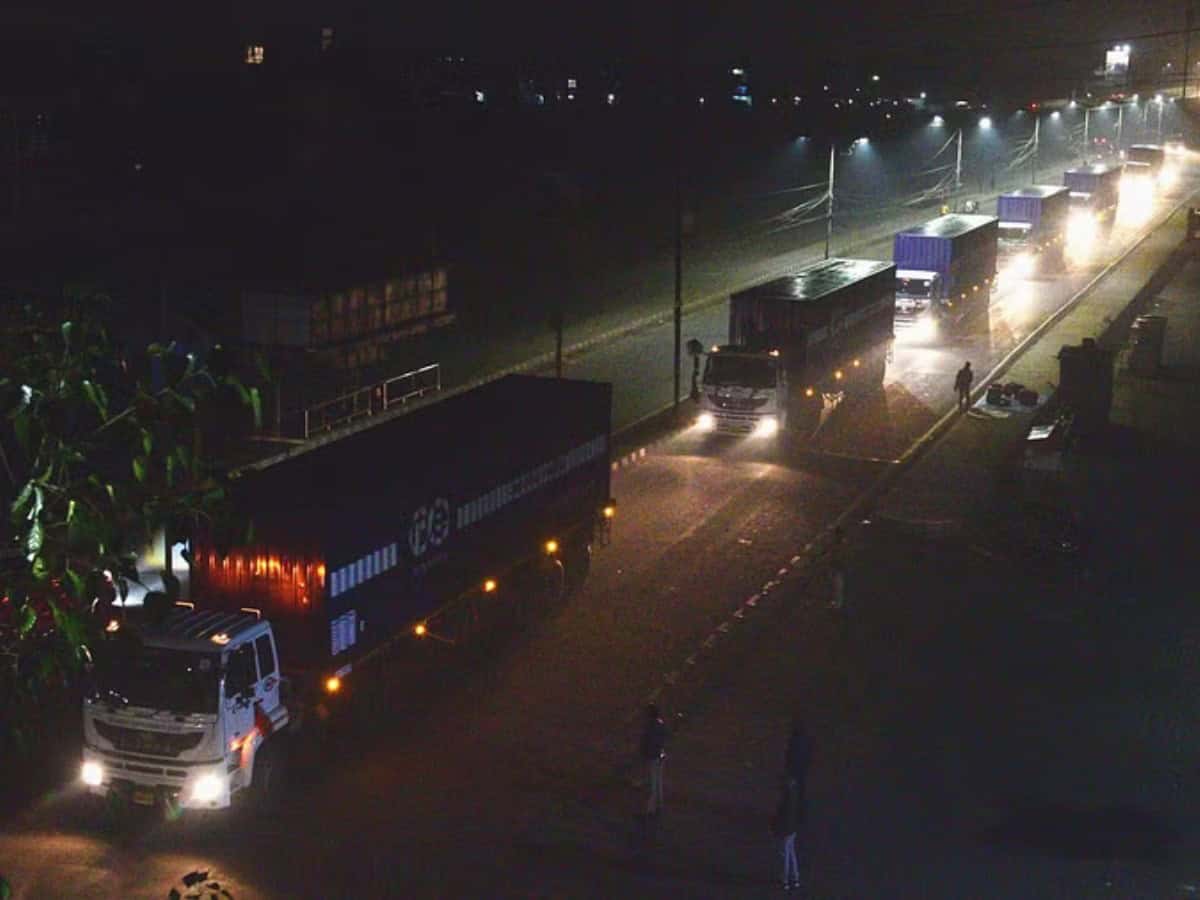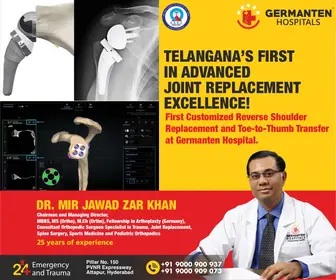
Bhopal: After repeated demands by the survivors of one of the world’s worst industrial disaster in Bhopal in 1984, which claimed several thousand people’s life, it took 40 long years for the administration to remove the hazardous waste from the abandoned Union Carbide Corporation pesticide factory for disposal.
Trucks began transporting 337 tonnes of toxic waste to a disposal site in Pithampur, about 250 kilometers from Bhopal. The Bhopal gas tragedy, which occurred on December 2-3, 1984, caused at least 5,479 deaths and lifelong health issues due to the release of toxic methyl isocyanate (MIC) gas. The waste remained a major concern for over four decades.
MP High Court criticized Govt.
Prompted by safety issues raised by workers in neighbouring factories, the Madhya Pradesh High Court criticized government inaction regarding the cleanup and set a four-week deadline for waste relocation, warning of possible contempt proceedings against officials. To ensure secure transportation, authorities established a “green corridor,” allowing the trucks to depart Bhopal around 9 pm, with an expected arrival in Pithampur within seven hours, maintaining an average speed of 50 kilometers per hour.
A 200-meter radius around the site was sealed off, with over 1,000 police officers deployed for security. Approximately 100 personnel in protective gear managed the waste packing and loading in shifts, ensuring safety protocols were met. The operation involved 12 sealed, leak-proof containers, with a convoy of 25 support vehicles, ensuring safe passage and monitoring throughout the journey.
Union Govt. sanctioned Rs. 126 cr. for clean-up
It may be pointed out here that it was a writ petition of Zehreeli Gas Kand Sangharsh Morcha (“Zehreeli”)’s Alok Pratap Singh Vs Union of India in Madhya Pradesh High Court, principal bench—WP2802/2004 which led to the waste to be transported for incineration in Ramky Enviro Engineers Limited (REEL), Pithampur. The HC directed the Principal Secretary of the Bhopal Gas Tragedy Relief and Rehabilitation Department to fulfil statutory obligations and warned that failure to comply would lead to contempt of court proceedings. The Union government has sanctioned Rs 126 crore for the clean-up.
The hazardous waste at Pithampur includes various materials like remnants of Sevin pesticide produced at the Union Carbide factory in Bhopal, contaminated soil, pesticide residues, reactor waste and industrial chemicals. The total hazardous waste amounts to around 162 metric tonnes of soil, 92 metric tonnes of Sevin and naphthol residues, 54 metric tonnes of semi-processed pesticides, and 29 metric tonnes of reactor waste. It also contains methyl isocyanate (MIC), linked to the 1984 gas leak disaster.
The initial waste processing steps will involve incineration at a dedicated unit, where the resulting ash will undergo rigorous testing for harmful elements. To limit air pollution, a specialized four-layer filtration system will be used. Once deemed safe, the ash will be encapsulated in a two-layer membrane before being buried to avert water and soil contamination. This operation will be monitored by both the Central and State Pollution Control Boards. If testing is successful, incineration could begin within three months, delayed possibly up to nine months if issues arise.
Protests
Meanwhile, a protest was held against the decision to incinerate toxic waste from Bhopal’s Union Carbide plant in Pithampur. The protest was attended by Municipal Council president Sevanti Suresh Patel, BJP councillor Ashok Patel and other local residents. Congress leaders, including council president Patel and councillor Manisha Lalu Sharma, participated in the protest, wearing black bands on their hands.
The protesters demanded that the toxic waste not be incinerated in Pithampur and instead be disposed of at an alternative site. They expressed concerns over potential environmental and health hazards. The protesters vowed to stop the incineration of the toxic waste in Pithampur.
In response, a Central Pollution Control Board (CPCB), officer assured the community of implemented safety measures, including a leak-proof waste handling shed. Ramky Enviro Engineers manages Pithampur’s operations, which comply with CPCB standards, marking it as Madhya Pradesh’s only modern incineration facility.
A rally was organised by the Pithampur Raksha Manch, and a memorandum was submitted to the President. Earlier, 10 tons of the toxic waste was incinerated at the same facility in Pithampur in 2015 under the supervision of the Central Pollution Control Board and scientists. The results of the trial incineration were presented in court, which paved the way for the incineration of the remaining waste



